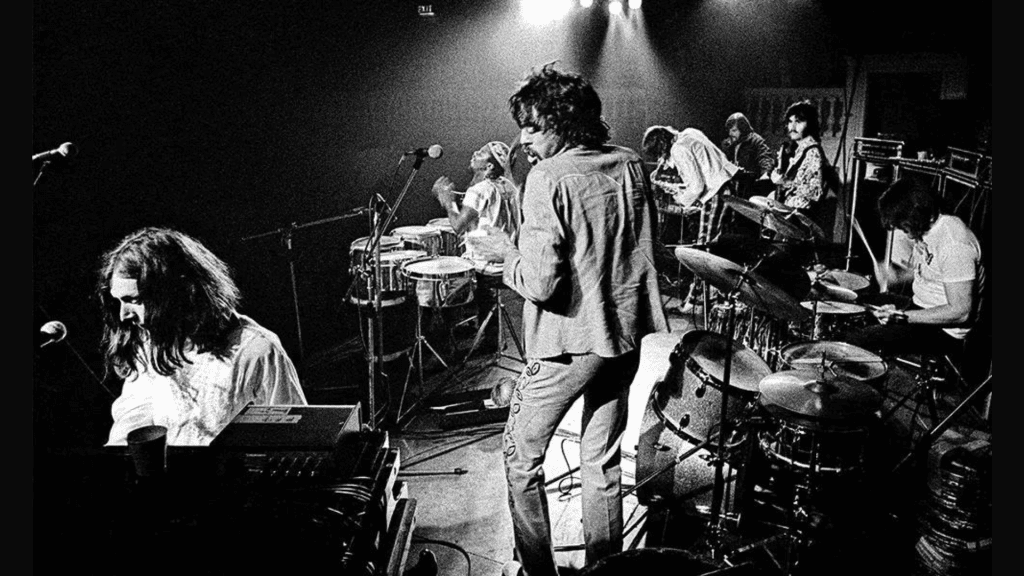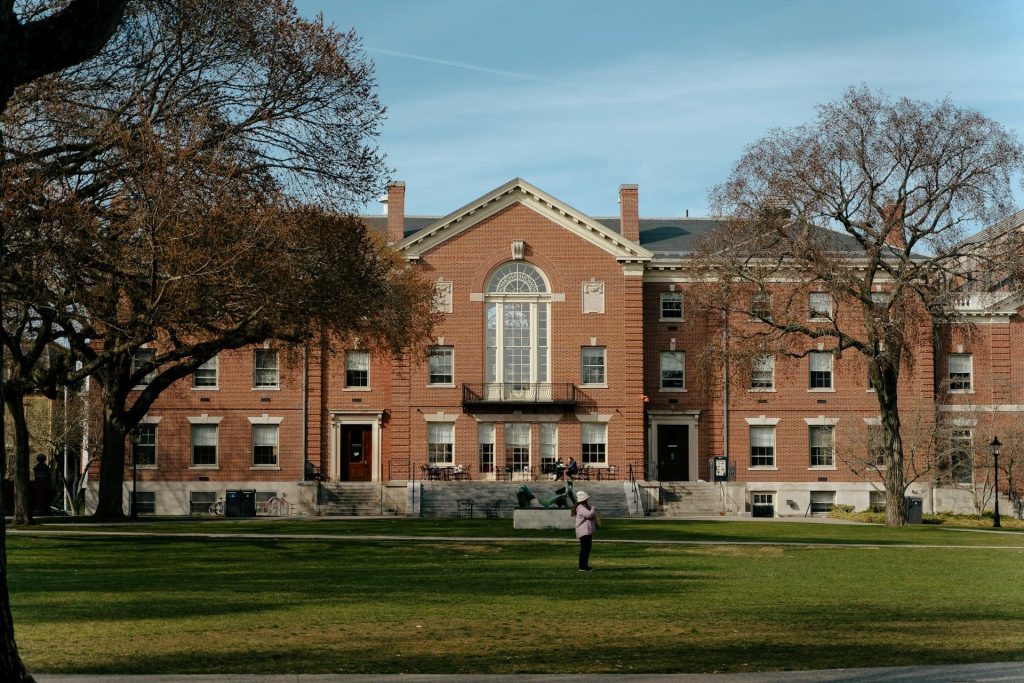Many music fans agree that the 1960s and ’70s were a golden age for rock, with bands pushing boundaries and creating new sounds.
Traffic, formed in 1967, stood out even in this era of innovation.
Their rock, folk, and jazz mix created a unique style that attracted listeners.
This blog post will explore how Traffic changed the rock music landscape.
We’ll examine the band’s key members, distinctive sound, and the lasting impact of their work.
By the end, you’ll understand why Traffic’s music continues to inspire and excite audiences today, decades after the band first hit the scene.
Traffic’s Genre-Defying Sound
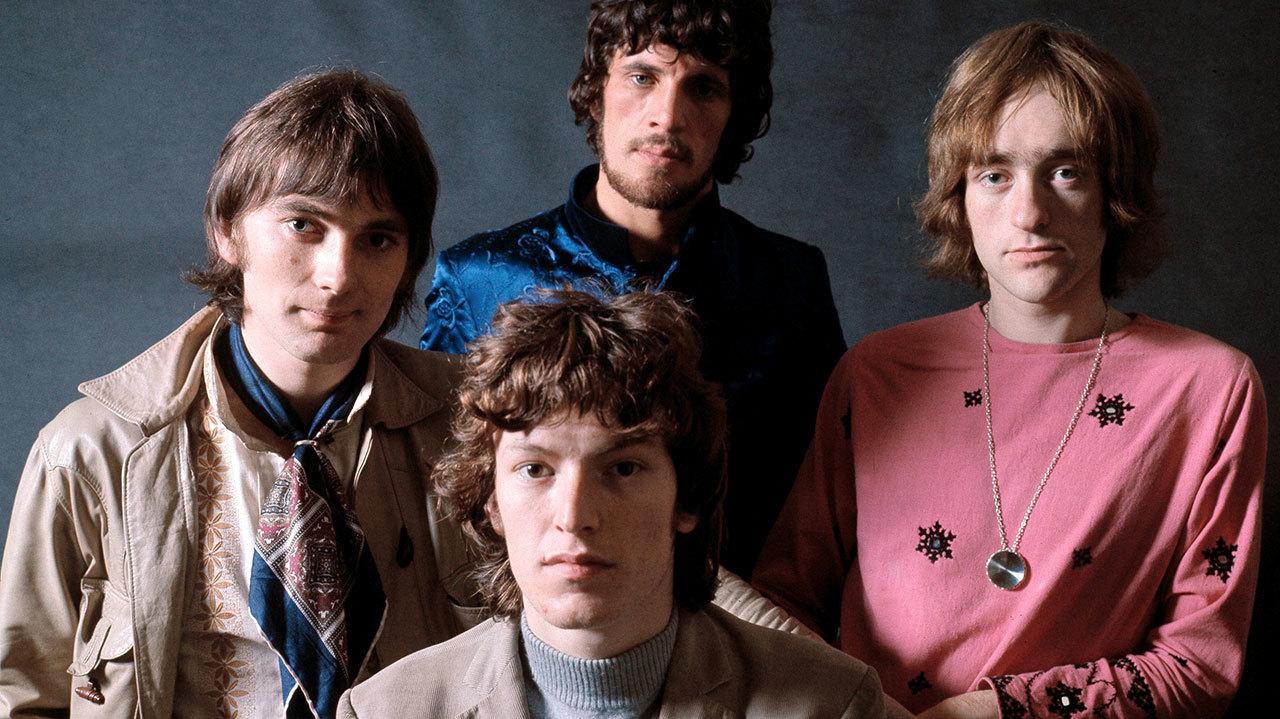
Traffic was not a band that fit neatly into a single genre.
Their music combined elements of rock, jazz, folk, and psychedelic influences, creating a fresh, rich sound with texture.
Let’s explore how they blended these styles and crafted a sound that captivated listeners.
The Fusion of Rock, Jazz, Folk, and Psychedelic Elements
Traffic didn’t stick to just one type of music.
- They combined bits and pieces from rock, jazz, folk, and psychedelic music.
- This mix made their sound rich and interesting.
- For example, a song might start with a folk-like guitar, add some jazzy saxophone, and then bring it together with a rock beat.
- This blend of styles made their music stand out and appeal to a wide range of listeners.
Breaking the Norms of Rock Music
Traffic wasn’t afraid to try new things with their music.
- They often mixed styles in ways that hadn’t been done before, allowing songs to change and flow unexpectedly.
- They might start slow and dreamy, then suddenly pick up the pace with a lively jazz section.
- This approach showed that rock music could be more than simple structures, encouraging other musicians to think outside the box.
Use of Unconventional Instruments
- While most rock bands stuck to guitars, drums, and keyboards, Traffic introduced instruments uncommon in rock, like the saxophone and flute.
- Chris Wood’s saxophone added a bluesy feel, while the flute gave the music a dreamy, otherworldly sound.
- Using these instruments, Traffic showed that rock music could include a wider range of sounds and still be exciting and fresh.
Traffic: Key Members and Their Contributions
Traffic’s innovative sound resulted from the combined talents of traffic band members.
Each brought something unique, contributing to the band’s groundbreaking music.
1. Steve Winwood: Lead Singer and Multi-Instrumentalist

- Steve Winwood was a key part of what made Traffic sound the way it did.
- His voice was easy to recognize—it was full of feeling and power.
- Beyond singing, Winwood played multiple instruments like the guitar, piano, and organ, which added depth to the band’s music.
- His talents made Traffic’s songs rich and enjoyable.
2. Jim Capaldi: Drummer and Lyricist
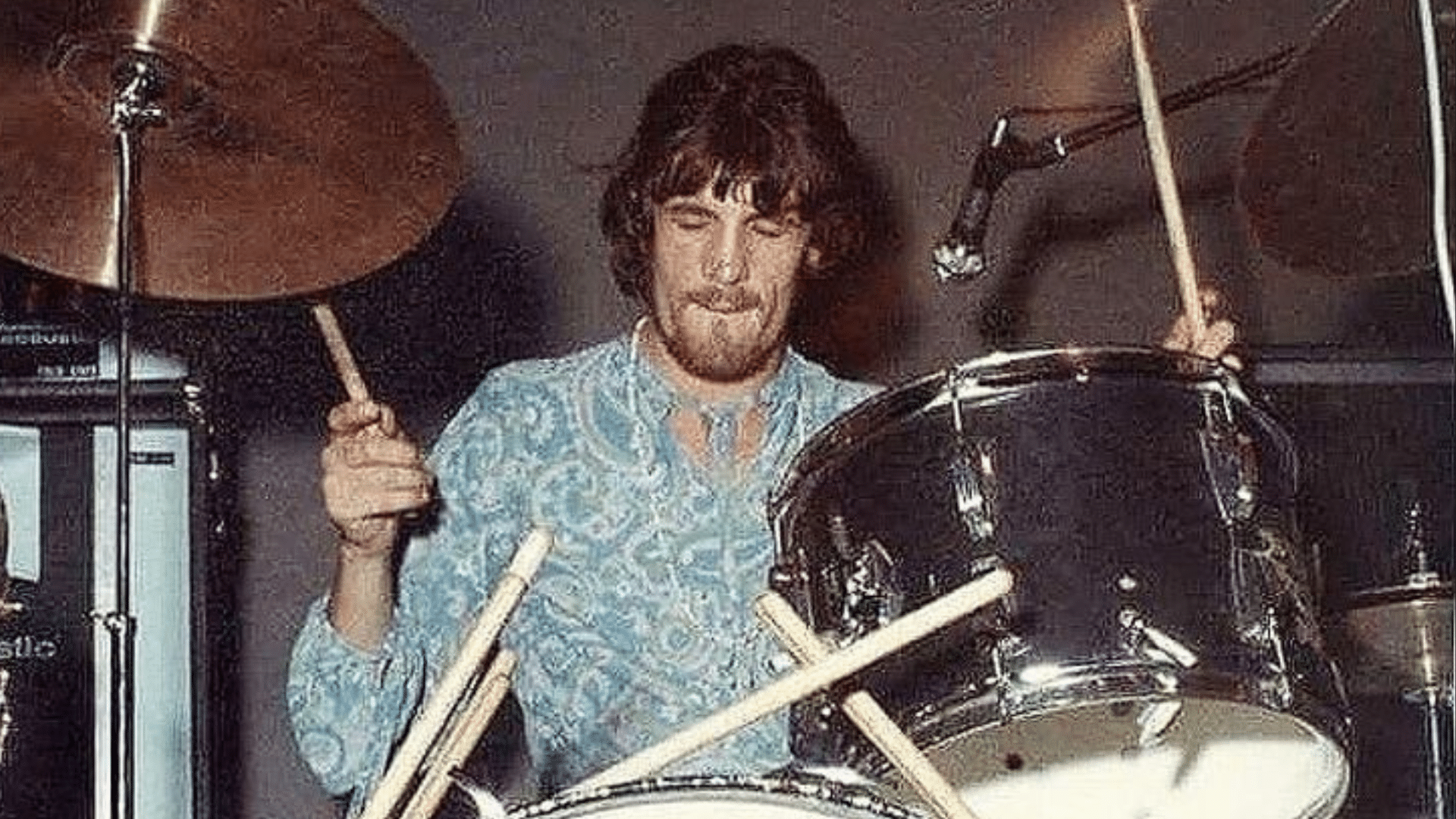
- Jim Capaldi kept the beat for Traffic as the drummer, providing the rhythm and energy that drove their songs.
- In addition to playing drums, he also wrote lyrics for many of Traffic’s songs.
- His lyrical style helped tell stories and express ideas, adding depth to the band’s sound.
3. Chris Wood: Saxophone and Flute Player
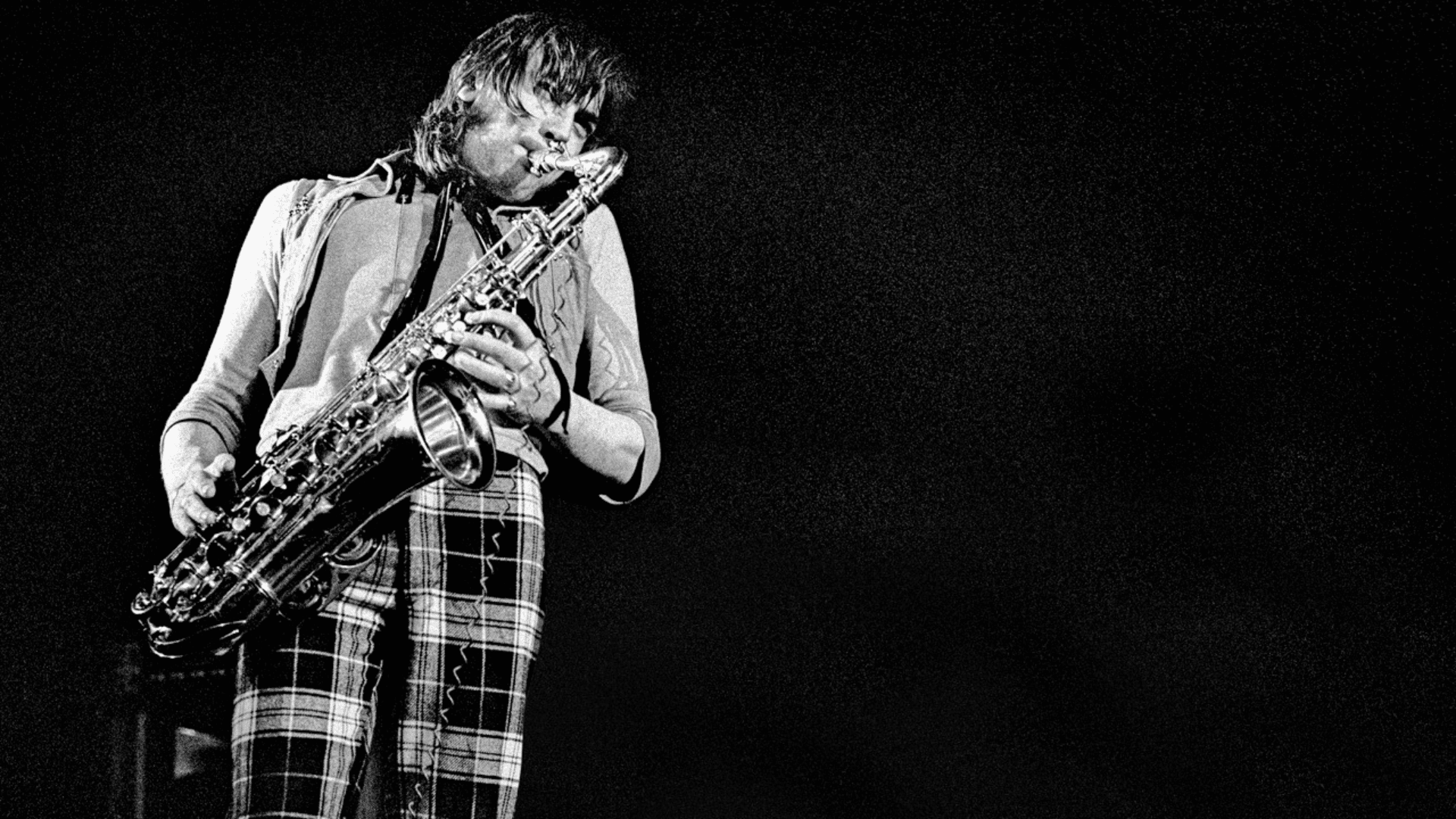
- Chris Wood brought unique sounds to Traffic, playing both the saxophone and the flute.
- The saxophone added a jazzy, bluesy tone, while the flute brought an airy, dreamlike quality to the music.
- His contributions helped Traffic stand out and made their sound more diverse and interesting.
4. Dave Mason: Guitarist and Songwriter

- Dave Mason played guitar for Traffic and wrote several songs for their music.
- Although he wasn’t always with the band, his songs added variety and helped keep their sound evolving.
- His contributions made Traffic’s music more dynamic, blending folk influences with rock.
Breakthrough Albums: Defining Traffic’s Legacy
Traffic’s discography showcases the band’s evolution from its psychedelic beginnings to its later, more complex compositions. Three albums stand out for their influence and innovation.
1. Mr. Fantasy (1967): A Mix of Psychedelic Rock and Jazz
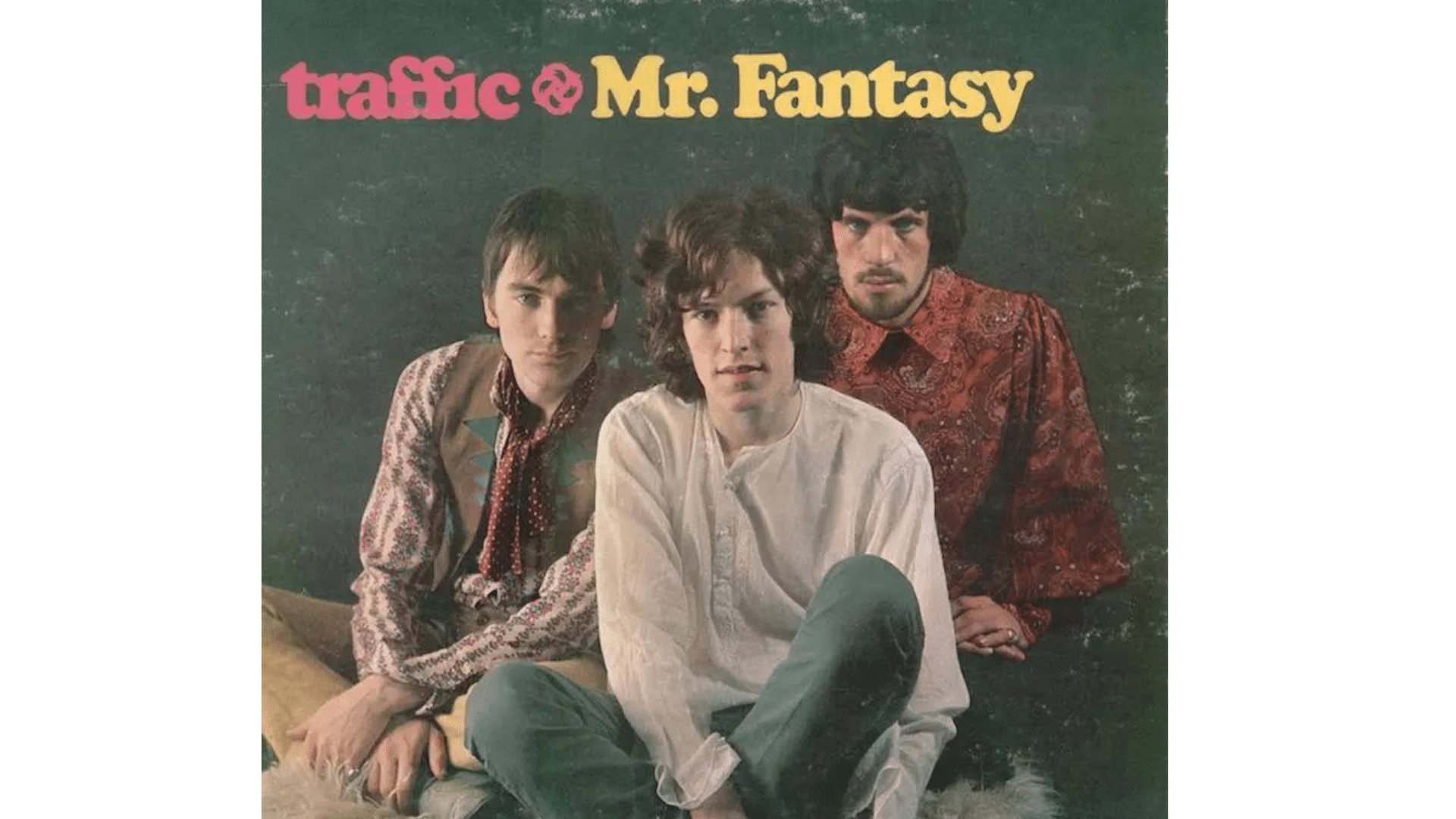
- Traffic’s debut album, “Mr. Fantasy”, released in 1967, blended psychedelic rock with jazz.
- The album featured tracks like “Dear Mr. Fantasy,” which became a fan favorite.
- The unique mix of styles helped set Traffic apart from other bands during this time.
2. Traffic (1968): Combining Folk and New Rock Styles
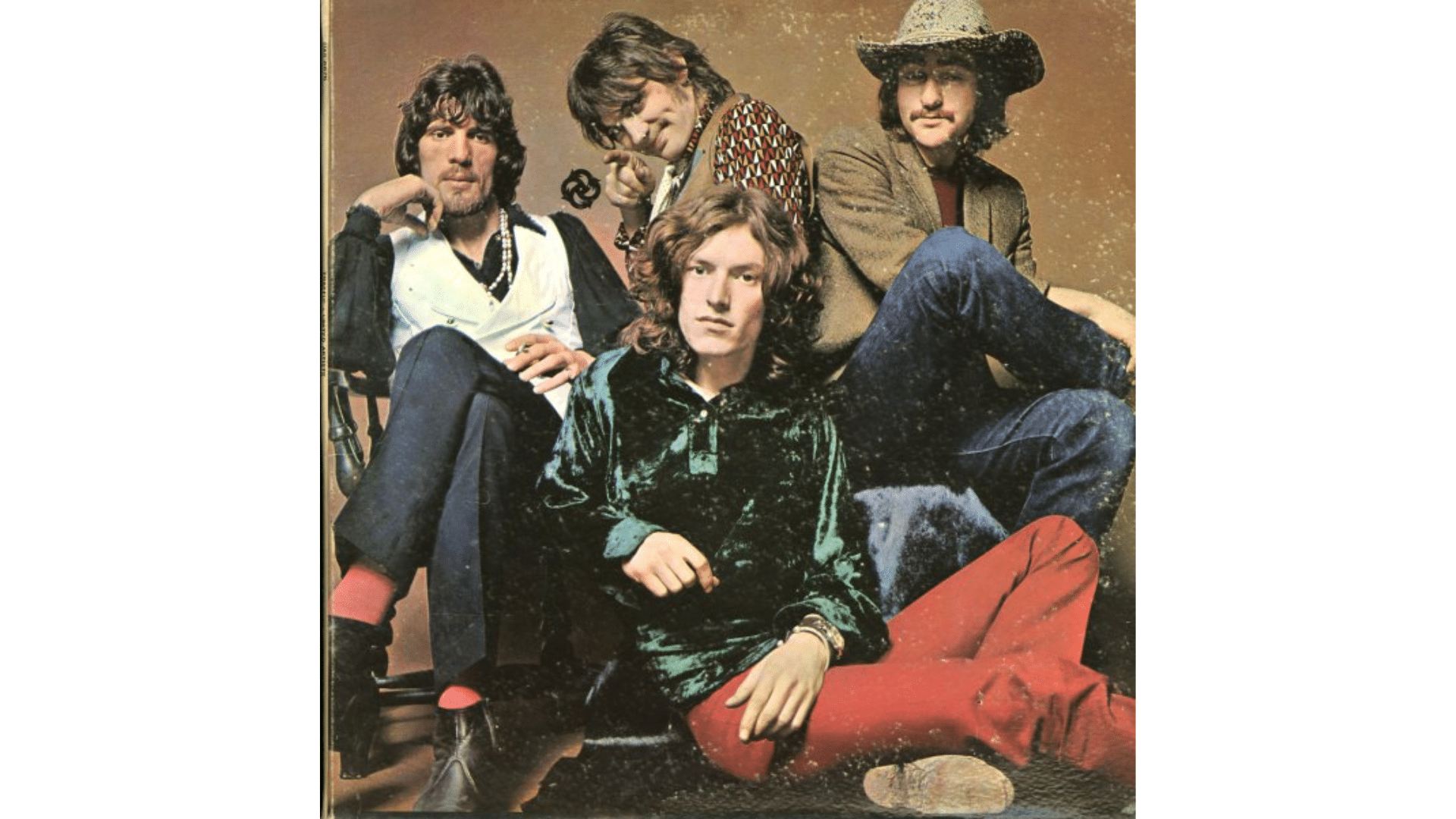
- In 1968, Traffic released a self-titled album that showcased their growing sound.
- They merged folk influences with experimental rock.
- Tracks like “Feelin’ Alright?” became hits and showed that Traffic could successfully blend different styles while remaining innovative.
3. John Barleycorn Must Die (1970): Returning to Folk Roots with Fresh Ideas
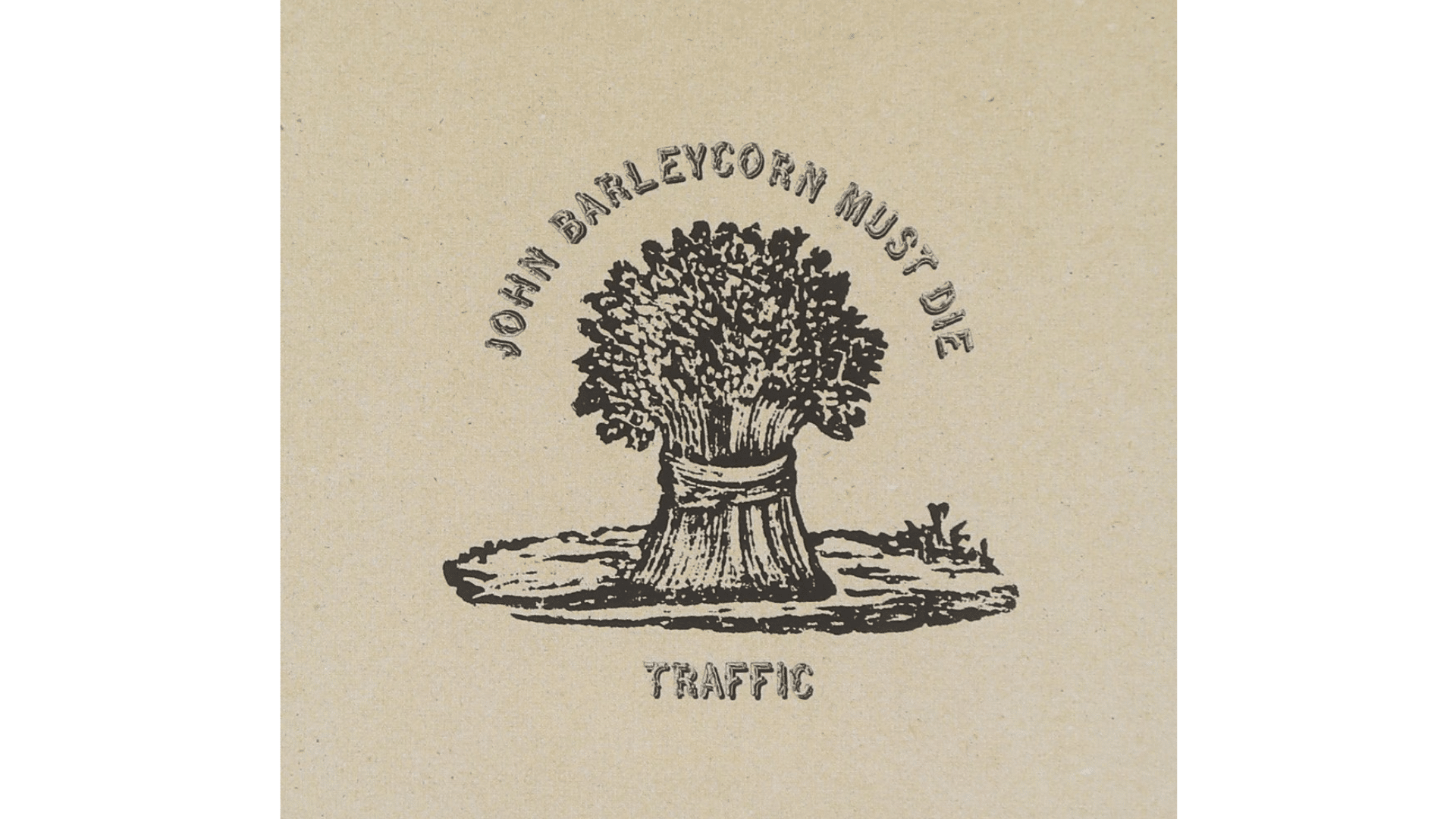
- By 1970, Traffic returned to their folk roots with “John Barleycorn Must Die”.
- The title track, based on an old folk tale, was reimagined with fresh, modern rock ideas.
- This album is often regarded as one of Traffic’s best and further solidified their place in rock history.
Steve Winwood’s Legacy Beyond Traffic

While Steve Winwood’s contributions to Traffic were vital, his influence continued long after the band. His vocal and instrumental talents helped shape the music industry in multiple genres.
1. Winwood’s Vocal Style and Instrumental Range
- Winwood’s voice is easily recognizable, filled with emotion and versatility.
- He could seamlessly shift between blues, rock, and pop with ease, which helped Traffic explore a range of musical styles.
- His talents extended beyond the band, continuing in his solo career.
2. Impact on Traffic’s Sound and Solo Success
- During his time with Traffic, Winwood’s voice and multi-instrumental abilities shaped the band’s unique sound.
- After Traffic, he achieved solo success with songs like “Higher Love” and “While You See a Chance.”
- His solo work continued to blend rock with other genres, just as he had done in Traffic.
Traffic’s Impact on the British Rock Scene
Traffic emerged during the height of the British Invasion, but their innovative sound set them apart from many other bands of the time.
1. Standing Out During the British Invasion
- While many British bands gained fame for straightforward rock or pop music, Traffic took a different path by blending rock with jazz, folk, and psychedelic elements.
- Their use of non-traditional instruments helped them stand out and gain a unique reputation.
2. Influence on the Progression of the Rock Genre
- Traffic played an essential role in pushing rock music beyond conventional boundaries.
- They demonstrated that rock songs could be longer, more complex, and incorporate influences from jazz and classical music.
- Their approach paved the way for future progressive rock and jazz-rock fusion bands.
Evolution of Traffic’s Sound Over Time
Traffic’s music didn’t remain static; it evolved as the band grew and experimented with new ideas.
Let’s explore how their sound changed over time and how they navigated challenges along the way.
1. Adapting to Jazz, Folk, and Progressive Influences in Later Albums
- As the years passed, Traffic continued to adapt their sound, embracing more jazz and progressive rock influences.
- Their later albums became more complex, with longer songs that reflected their willingness to explore new territory in rock music.
2. Enduring Through Lineup Changes and Challenges
- Despite lineup changes and internal disagreements, Traffic managed to keep creating music that resonated with listeners.
- Members like Dave Mason left and rejoined the band at different points, but the band’s ability to adapt allowed them to continue producing timeless music.
3. Influence on Future Generations
Traffic’s willingness to experiment with different styles left a lasting mark on future generations of musicians.
4. Setting the Blueprint for Progressive Rock
Traffic’s approach to mixing musical styles and creating longer, more intricate songs helped shape the direction of progressive rock.
Many bands that followed took inspiration from Traffic’s trailblazing approach.
5. Influence Across Genres
The band’s influence extended beyond rock, inspiring artists from jazz, folk, and even classical backgrounds.
Many musicians still cite Traffic as a key influence in their work.
Conclusion
Traffic’s unique blend of rock, folk, jazz, and psychedelic sounds changed the face of music in the late 1960s and beyond.
From Steve Winwood’s powerful vocals to Chris Wood’s innovative use of the saxophone and flute, each member contributed something special to the band’s sound.
Their willingness to explore new musical directions opened doors for many artists who followed in their footsteps.
Even today, Traffic’s timeless songs inspire listeners and musicians alike.


